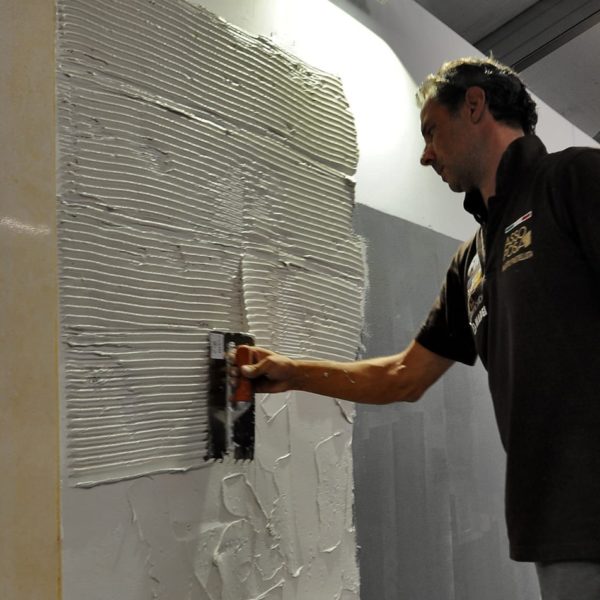Technical


Installation requirements for a long-lasting tiled floor | by Alfredo Zappa
Article published in: "Ceramic tiling in accordance with standards"
Given the many different areas of application of ceramic tiling, it is crucial to perform a detailed analysis of the relevant installation requirements, including project data, specific aspects of the application context and the characteristics of the substrate layers. The standard UNI 7999 offers guidelines on how to correctly perform this analysis. The general requirements are classified by UNI 11493 according to the characteristics of: Regularity, Durability, Maintainability/Cleanability, Safety and Sustainability.
The parties involved
The designer: responsible for developing the construction solution in accordance with the client’s requirements in terms of materials and technology and in keeping with the general aims of the project.
The client: provides full information on the use of the spaces and the expected stresses so as to identify and determine the requirements and performance specifications of the tiling in collaboration with the designer.
The tile layer: installs the tiling in accordance with the specifications and informs the Works Manager of any conditions or critical issues that might prevent the project requirements from being met.
In detail
For the requirement of Regularity, the standard identifies an extensive series of compliance checks. Along with proper and appropriate installation, other important factors include: the choice of raw materials; the technological consistency, type and stratification of the substrates; and the choice of adhesive/mortar. Regularity is verified by evaluating appearance, flatness, lippage, levelness (for floors), plumbness (for walls), joint width and straightness of grouting. For each of these aspects, the standard indicates the relevant methods, verification tools and acceptance tolerances. It also notes that the requirement of Durability must be met right from the initial stages of the project through a choice of suitable materials and technological solutions according to the specific mechanical, chemical and thermo-hygrometric stresses and operating conditions the ceramic tiles and other materials will be subjected to during their service lifetime. Similar considerations apply to the requirement of Maintainability/Cleanability, where an accurate knowledge of the conditions of use right from the design phase is an important factor. For the requirement of Safety, the following aspects must be taken into consideration: slipperiness and an even surface (to prevent falling and tripping); reaction to fire (although ceramic tiles are well known for their fire resistance); release of toxic substances, particularly VOCs (ceramic tiles release zero or negligible quantities of dangerous substances); hygiene; risk of injury caused by sharp or non-chamfered edges. Last but not least, the standard notes that safety is also associated with durability and the risks deriving from deterioration. While recognising that raw materials and industrial processes are part of an increasingly environmentally virtuous supply chain, to meet the requirement of Sustainability the standard explicitly indicates a preference for products (tiles, adhesive, grout, etc.) whose sustainability parameters are measured and declared by the manufacturers.
For further information
Italian standard UNI 11493 -1:2016
Ceramic floor and wall tiling
Instructions for design, installation and maintenance
Chapter: 5 – Characteristics and requirements of ceramic tiling
Paragraph: 5.2. Regularity; 5.3 Durability; 5.4 Maintainability/Cleanability; 5.5 Safety; 5.6 Sustainability; 5.7 Specific performance characteristics
Annex: B – Classification and analysis of operating conditions
Other articles published in Ceramic tiling in accordance with standards

Choosing the right adhesive
When installing ceramic tile, the choice of the adhesive or mortar is crucial not just for perfect installation but also for the durability of the tiling. For this purpose, as...




